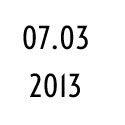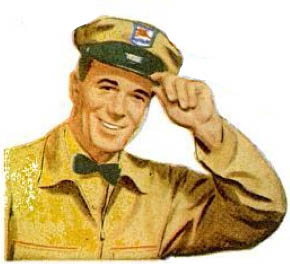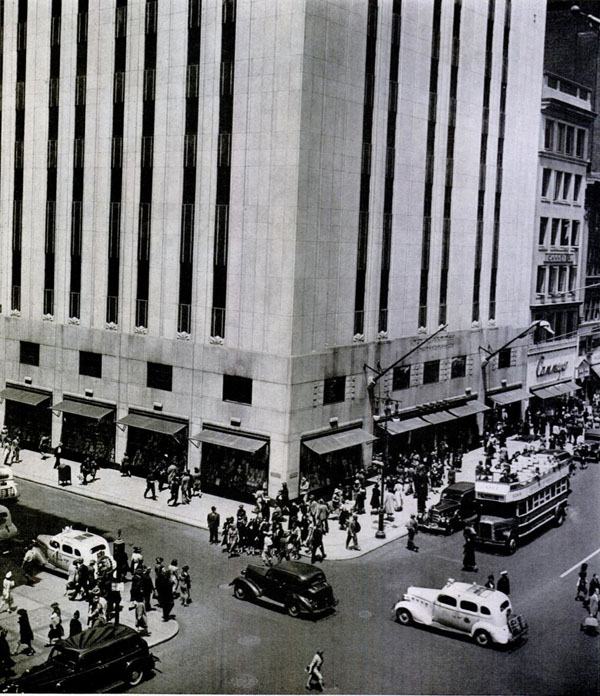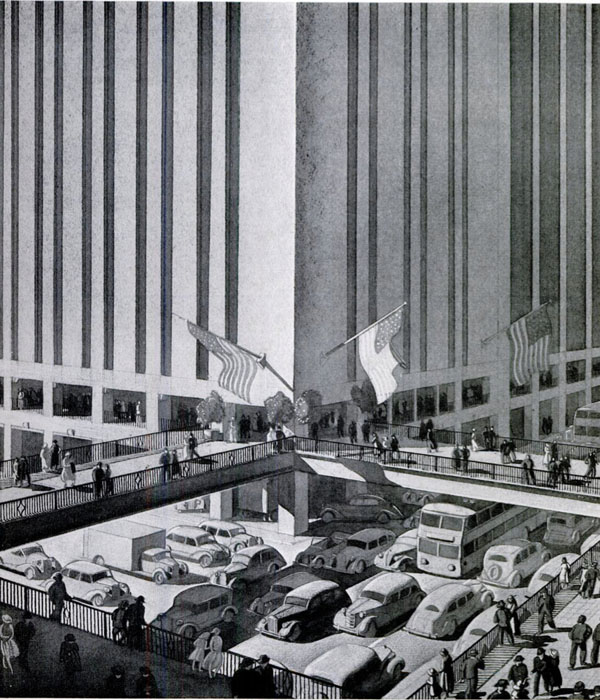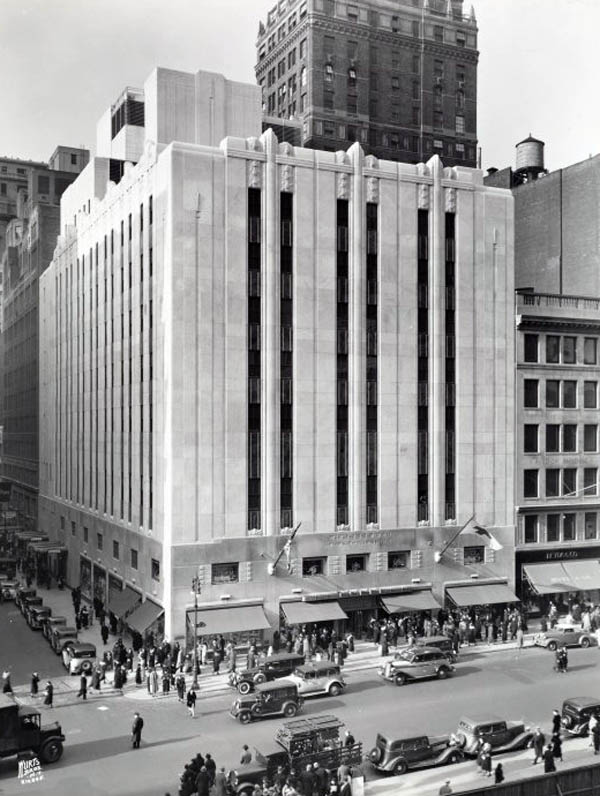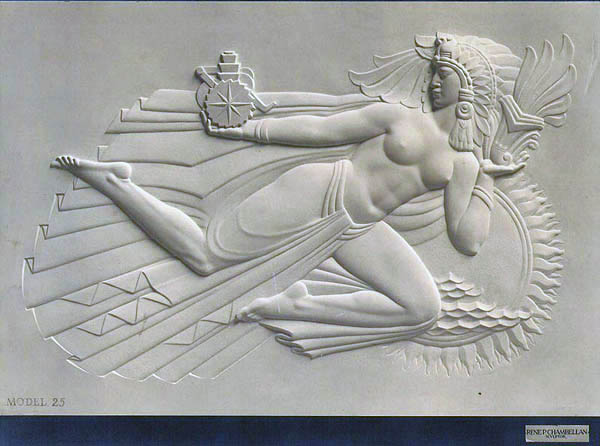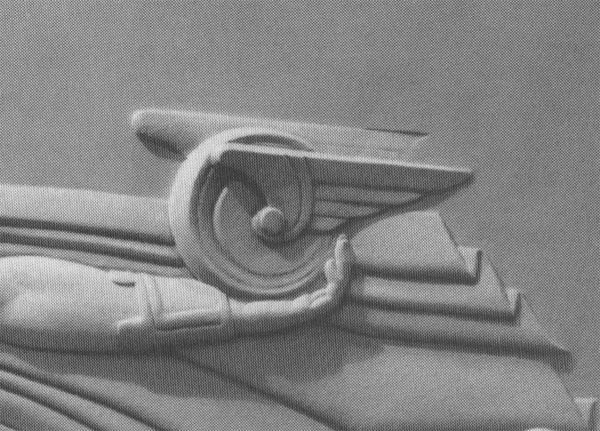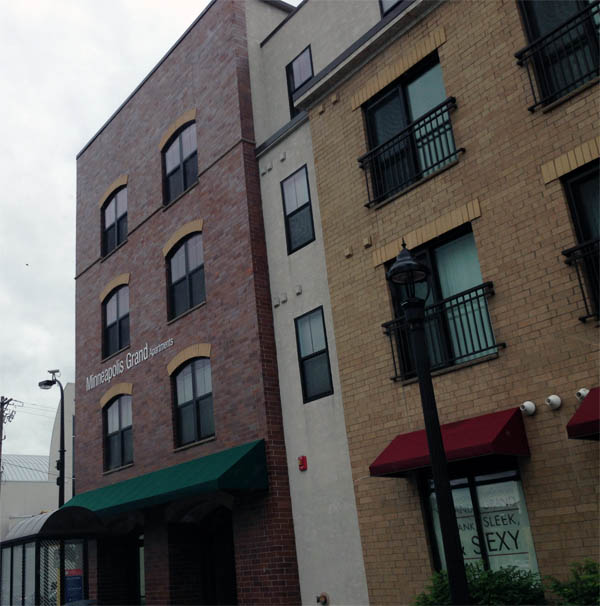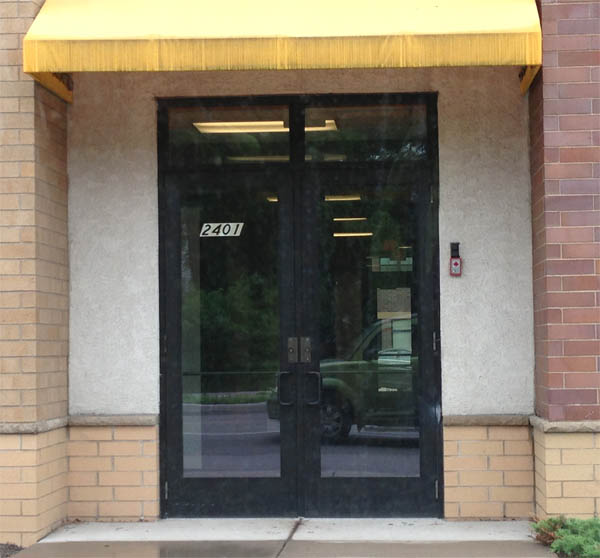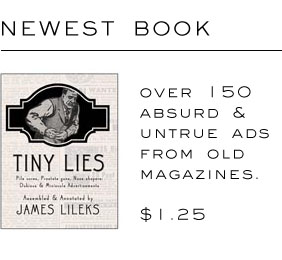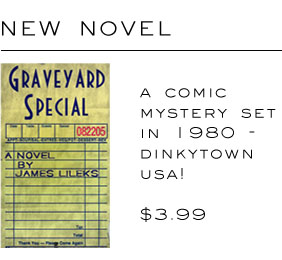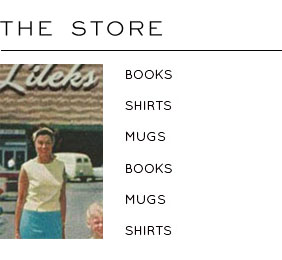
Holiday week; deadlines shoved up; mad swirl of rescheduled things; meetings. There are sites that can get away with posting nothing or just a link or a graf from some other site with a six-word laconic remark, and I suppose I could, too. In fact I intend to do just that for Thursday and Friday. But this is Wednesday, and I know you expect something at the top of the page before the ad with the gasoline salesman. This is that part. Below, more.
Turning our attention to BuzzFeed, where anything that happened before “Saved by the Bell” is ancient history written by, like, mummies or something, there’s a piece about . . . hold on, no, it’s Gizmodo. “6 Radical Infrastructure Plans that Almost Changed NYC Forever.” They would have changed NYC for decades, but they didn’t almost change them, because there wasn’t any chance they’d ever happen. (Except the LOMEX; that could have happened, and holy Moses what a dystopia that thing would have created. Yes, by all means, flatten lower Manhattan and build ahistorical pyramidal housing complexes heaped atop a freeway tunnel.) Nevertheless, they’re interesting pieces of blue-sky engineering speculation. The Zeckendorf floating air terminal was madness - cool, but from a different civilization that never tired of novelty - but the dam-the-Hudson-and-fill-it-in has some appeal; that’s a public works project, right there. Seldom mentioned are the plans to put all the traffic underground. Here's something I found in an old magazine, discussing the City of the Future:
. . . and turn it into this!
No thanks. I like our skyways, but this is skyways 10x; street level traffic looks forbidden. It would have ruined the facade of every building along the street, too. Which they would have done with pleasure. Why? Planning! Science! Things to Come! The second I saw that picture I knew the building. If I could get in a time machine and visit any old building, it might be that one, although I’d have to land on the roof so no one noticed. Even then they’d see you from taller buildings, I suppose. Okay, then if I could put on a Time Machine Suit. Jeez. It’s the Kress HQ.
That’s from the Kress Foundation’s website, which doesn’t bother to provide any pictures. All their archives went to the National Building Museum, which also doesn’t bother to provide any pictures. I found a shot that credited the NYPL digital library, but entering “kress” in the search box yields nothing. I eventually found it on the site:
A reminder that A) people made money in the Depression; the Kress chain was rolling in it, and B) the architecture of the time represented something that can never happen again: the complete abstraction of the classical vocabulary into something that was a completely new style all its own. There were more futuristic examples, of course - and 1930s futurism is timeless; there’s not an example large or small that hasn’t worn well over time - but this was as far as you could get from tradition while still blending into a streetscape built over half a century. After this it was arrogant glass. If you want to get a feel for the interior, you have to google the sculptor, Rene Paul Chambellan. Oh my yes:
There are deep, complex mythological signals here, all of which meant nothing to shoppers, unless they thought "That's Queen Mu, who united with a powerful warrior to the Mayan culture, at least according to Plato." Or something like that. It's complex. (I'm paraphrasing from "America's Five and Ten Cent Stores" by Bernice Thomas.) As for the Prince, he's on the other side of the wall, and he has an interesting object in his hand:
It's the Chrysler Building Hubcap. The book cited above says it's probably a reference to Kress' proud tradition of selling inexpensive auto parts. But don't you wish it was something more than that? Some ancient symbol discovered in Mayan tombs?
In related architecture news, I advise that if you make claims like this on the front . . .
Grand! Sleek! Sexy! Okay. But please . . .
. . . get the address numbers from someplace that doesn’t have “Dollar” in its store name. -- Restaurants await!
|
||||||||||||
|
||||||||||||
|
||||||||||||
|
||||||||||||
| blog comments powered by Disqus |
